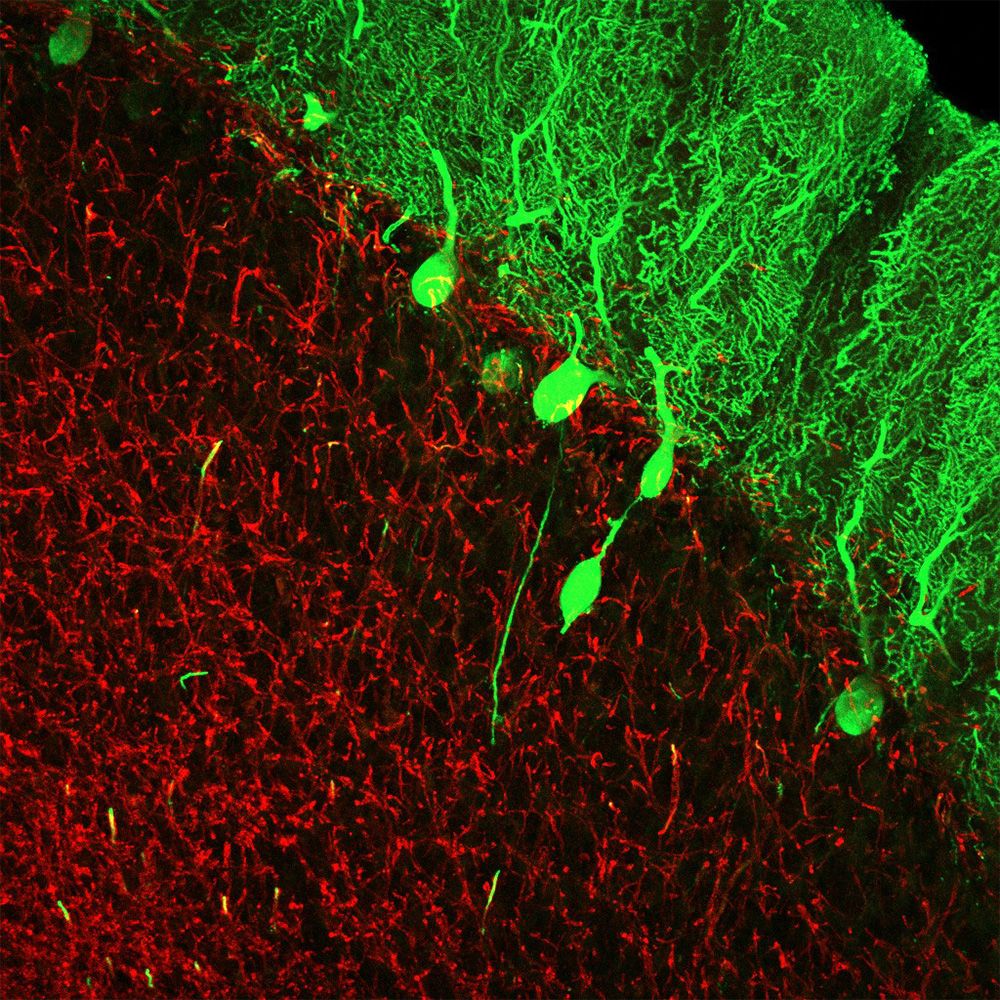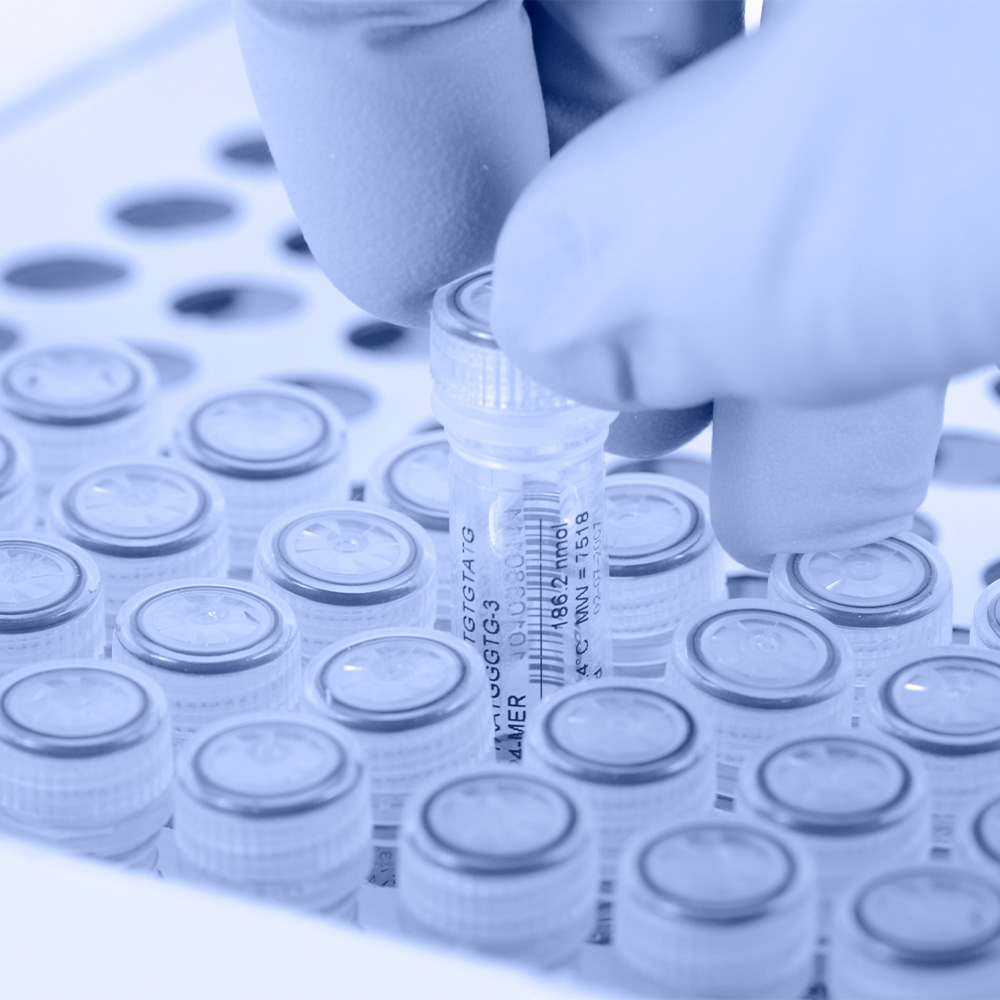Breakthrough in mapping nicotine addiction could help researchers improve treatment
Video updated on May 2, 2018
DALLAS – October 3, 2016 – A scientific blueprint to end tobacco cravings may be on the way after researchers crystallized a protein that holds answers to how nicotine addiction occurs in the brain.
The breakthrough at the Peter O’Donnell Jr. Brain Institute comes after decades of failed attempts to crystallize and determine the 3D structure of a protein that scientists expect will help them develop new treatments by understanding nicotine’s molecular effects.
Additional Information
“It’s going to require a huge team of people and a pharmaceutical company to study the protein and develop the drugs, but I think this is the first major stepping stone to making that happen,” said Dr. Ryan Hibbs, Assistant Professor of Neuroscience and Biophysics with the O’Donnell Brain Institute at UT Southwestern Medical Center, who co-authored the findings published in Nature.
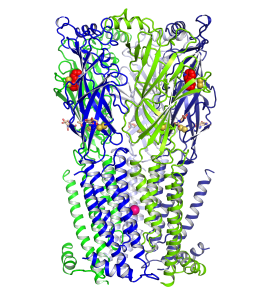
The protein, called the α4β2 (alpha-4-beta-2) nicotinic receptor, sits on nerve cells in the brain. Nicotine binds to the receptor when someone smokes a cigarette or chews tobacco, causing the protein to open a path for ions to enter the cell. The process produces cognitive benefits such as increased memory and focus but is also highly addictive.
Until the new findings were generated, scientists didn’t have a way to examine at atomic resolution how nicotine achieves these cognitive and addictive effects.
Who will benefit?
The expectation is that the 3D structures will help researchers understand how nicotine influences the activity of the receptor and lead to a medication that mimics its actions in the brain.
The finding may also have benefits in creating medications for certain types of epilepsy, mental illness, and dementia such as Alzheimer’s, which are also associated with the nicotinic receptor. However, Dr. Hibbs cautioned that testing of any ensuing treatment would likely take many years.
Studies have shown smoking cessation drugs have mixed results in treating nicotine addiction, as have other methods such as nicotine patches and chewing gum.
“I just cannot quit smoking,” said Tom Loveless of Dallas, who has tried many times to kick his cigarette habit after becoming addicted 40 years ago while in the Air Force.
He found the study’s findings encouraging and hopes one day scientists can find a way to beat nicotine addiction. “I hate what it does to me,” said Mr. Loveless, a retired 65-year-old grandfather. “I hate the expense. I hate the odor. It upsets my wife. It isn’t worth it.”
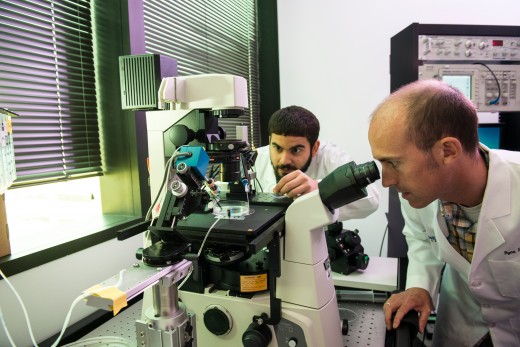
Motivating Factors
Despite widespread education on the dangers of tobacco use, it still causes nearly 6 million deaths per year worldwide, with smoking the leading cause of preventable death, according to the U.S. Centers for Disease Control and Prevention. Cigarettes alone account for 1 in 5 deaths annually in the U.S.
Those statistics are among the motivating factors for Dr. Hibbs, whose laboratory team began researching how to determine the structure of the receptor in 2012.
The receptor is “a critically important therapeutic target” for addiction and various mental and neurological disorders, said Dr. Joseph Takahashi, Chairman of Neuroscience.
“This is a major advance and solves a longstanding problem in crystallizing” the nicotinic receptor, said Dr. Takahashi, who holds the Loyd B. Sands Distinguished Chair in Neuroscience.
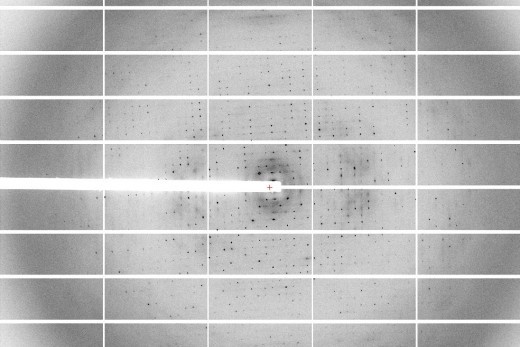
How they did it
For years scientists around the globe had concentrated efforts on the receptor found in the electric organ of a torpedo ray, a rich source of nicotinic receptors that yielded a wealth of biochemical information and held promise for obtaining a high-resolution atomic map of the protein.
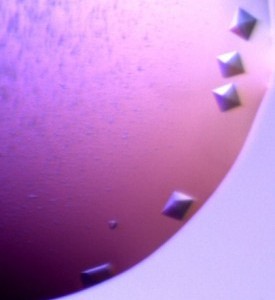
“But they were never able to get the torpedo protein to crystalize,” Dr. Hibbs said, explaining that the protein from the ray proved too unstable and couldn’t be genetically modified. “Many very good research groups had tried to do this and failed. We took a different approach.”
Instead, UT Southwestern researchers developed a method for mass producing nicotinic receptors by viral infection of a human cell line. The team inserted genes encoding the proteins that make the receptor into the virus, and the infected human cells started producing large amounts of the receptor.
They then used detergent and other purification steps to separate the receptor from the cell membrane and wash away all other proteins. Researchers were left with milligrams of the pure receptor that they mixed with chemicals known to promote crystallization.
The team looked at thousands of chemical combinations before eventually being able to grow crystals of the receptor, bound by nicotine and about 0.2 mm long. Lastly, they used X-ray diffraction measurements to obtain a high-resolution structure of the receptor.
The team’s next steps involve determining structures in the absence of nicotine, and in the presence of molecules with different functional effects. Comparisons between structures will allow them to understand better what nicotine does, and how its actions are distinct from those of other chemicals, said Dr. Hibbs, Effie Marie Cain Scholar in Medical Research.
About the study
The research was supported by the National Institutes of Health, a HHMI Gilliam Fellowship, the Welch Foundation, Friends of the Alzheimer’s Disease Center, a McKnight Scholar award and a Klingenstein-Simons award.
Other Hibbs lab researchers included first author Claudio Morales-Perez, student in the UT Southwestern Graduate School of Biomedical Sciences, and Dr. Colleen Noviello, Research Scientist.
About UT Southwestern Medical Center
UT Southwestern, one of the nation's premier academic medical centers, integrates pioneering biomedical research with exceptional clinical care and education. The institution's faculty members have received six Nobel Prizes and include 26 members of the National Academy of Sciences, 20 members of the National Academy of Medicine, and 13 Howard Hughes Medical Institute Investigators. The full-time faculty of more than 3,100 is responsible for groundbreaking medical advances and is committed to translating science-driven research quickly to new clinical treatments. UT Southwestern physicians provide care in more than 80 specialties to more than 120,000 hospitalized patients, more than 360,000 emergency room cases, and oversee nearly 5 million outpatient visits a year.
###
Media contact: James Beltran
214-648-3404
Email
To automatically receive news releases from UT Southwestern via email, subscribe at www.utsouthwestern.edu/receivenews
Nicotine Addiction-Things to Know
Smoking sets off a chemical reaction in which nicotine gets into the bloodstream and reaches the brain. The process produces cognitive benefits such as increased memory and focus but is also highly addictive. Here’s how it works:
- A puff of smoke from a cigarette sends a hit of nicotine that quickly reaches peak levels in the blood and enters the brain. For tobacco users who don’t inhale smoke, nicotine is absorbed through the mucosal membranes and reaches the brain more slowly.
- Nicotine reaches the α4β2 nicotinic receptors, which sit on nerve cells in the brain.
- Nicotine binds to the receptors, causing them to open a path for ions to flood into the nerve cells in the brain. This movement of ions into the cell constitutes an electrical current.
- The electrical current triggers the nerve cells to release neurotransmitters such as dopamine in regions of the brain associated with cognition, motivation and reward. Nicotine also stimulates the adrenal gland, causing it to release the hormone adrenaline. The rush prompts an increase in blood pressure, respiration and heart rate.
- Scientists don’t yet know exactly how addiction is established, though a recent breakthrough at UT Southwestern Medical Center’s Peter O’Donnell Jr. Brain Institute will help them examine the process at atomic resolution.


